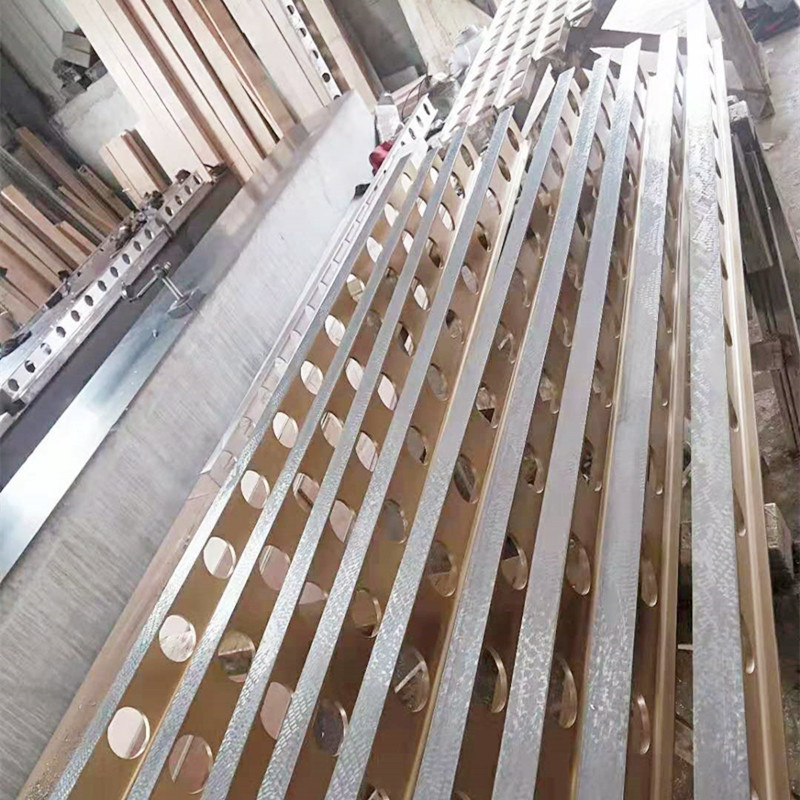डिस . 10, 2024 21:22 Back to list
Understanding the Functionality and Importance of Stop Check Valves in Piping Systems
Understanding Stop Check Valves Function, Design, and Applications
Stop check valves are essential components in various piping systems, playing a crucial role in ensuring fluid control and system integrity. These valves combine the features of both stop valves and check valves, enabling them to prevent backflow while simultaneously allowing for manual shut-off. This article delves into the design, function, and applications of stop check valves, illustrating their importance in industrial settings.
Design and Functionality
A stop check valve features a unique design that allows for both stopping fluid flow and preventing backflow. Typically, it consists of a body, a disc or ball, a stem, and an actuator. The body is connected to the piping system, while the disc moves within the valve body to regulate flow.
When the valve is in the closed position, the disc seals against the seat, preventing fluid from passing through. This is the stop function. To allow fluid flow, the valve can be opened manually; when the fluid pressure is sufficient, the disc lifts to permit flow. However, if the fluid attempts to reverse direction, the disc automatically closes, preventing backflow. This dual functionality is crucial in systems where reverse flow could cause damage or compromise safety.
Benefits of Stop Check Valves
1. Reliability Stop check valves are designed for high reliability. Their ability to stop backflow protects equipment and minimizes leakage risks, making them suitable for various applications, including water, oil, and gas systems.
2. Ease of Maintenance These valves can be maintained without needing to remove them from the pipeline, reducing downtime and maintenance costs. Regular inspections ensure that the valves operate correctly and extend their lifespan.
stop check valve

3. Versatility With applications across different industries, stop check valves can handle various fluids, including gases, liquids, and slurries. They are adaptable to different environmental conditions, making them a preferred choice in diverse applications.
4. Safety By preventing backflow, these valves contribute significantly to system safety, protecting downstream components from potential damage caused by reverse flow.
Applications in Industry
Stop check valves are used in a wide range of industries, including water supply systems, chemical processing, oil and gas, and power generation. In water supply systems, they help maintain pressure and prevent contamination from backflow, ensuring that potable water remains safe for consumption. In the oil and gas industry, they protect pipelines and equipment from reverse flow that could lead to leaks or bursts, thus safeguarding both personnel and the environment.
In chemical processing plants, stop check valves govern the flow of reactive chemicals, preventing hazardous situations that could arise from backflow. Their importance in power generation is equally notable, where they prevent siphoning in cooling water systems, ensuring efficient operations.
Conclusion
In conclusion, stop check valves are vital for maintaining the efficiency and safety of fluid systems across various industries. Their unique design allows for manual shut-off while preventing backflow, presenting significant advantages in reliability, ease of maintenance, versatility, and safety. As industries continue to evolve and face new challenges, the role of stop check valves will undoubtedly remain critical in ensuring system integrity and operational effectiveness. Understanding their operation and application can help professionals make informed decisions about their use in various settings, ultimately leading to improved performance and safety in fluid management systems.
-
Why Metric Trapezoidal Thread is Ideal for Precision Motion ControlNewsAug.05,2025
-
The Unique Properties of a Block of Granite for Industrial UseNewsAug.05,2025
-
The Role of Flanged Y Strainers in Preventing Pipeline ClogsNewsAug.05,2025
-
The Importance of Regular Calibration for Master Ring GagesNewsAug.05,2025
-
How a Cast Iron Surface Table Enhances Accuracy in ManufacturingNewsAug.05,2025
-
Comparing Different Check Valve Types for Optimal Flow ControlNewsAug.05,2025
Related PRODUCTS









